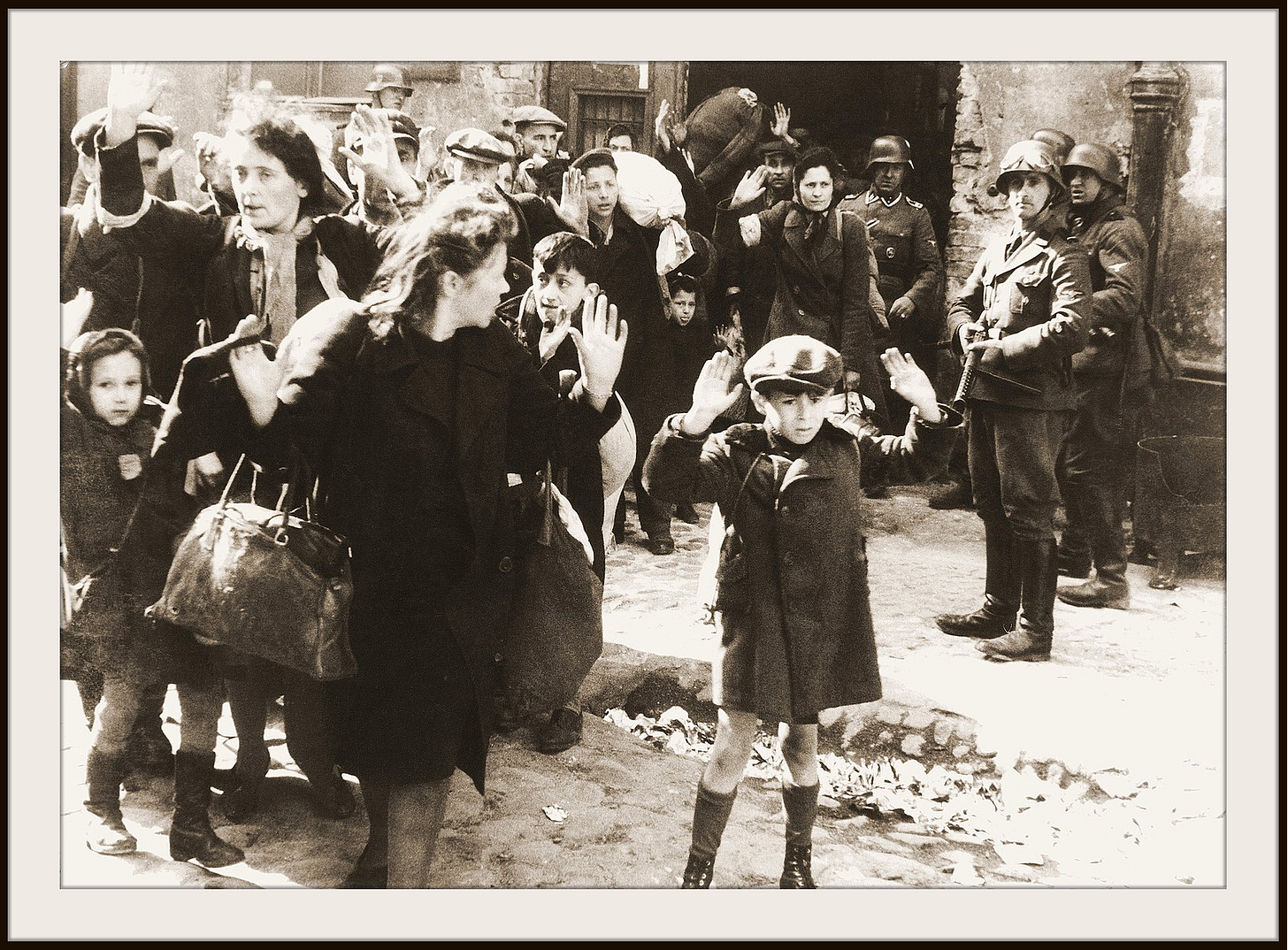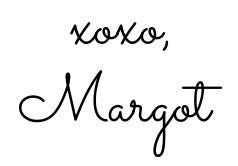
Hello, Friend,
As a child I was an avid reader. Voracious is a more apt descriptor. Awkward and introverted and nerdy and the perpetual new kid, very much not like the other kids, the library was my refuge. Books are gateways, words are magical, reading opens our minds and hearts and imaginations to the vastness of being. They illuminate and educate, shining the light on the full spectrum of knowledge, not all of which is easy to digest.
My mother had a small but well curated collection of books, including a full color edition of Audubon’s The Birds of America that provided hours and hours of joyful wonder, a full set of fascinating color encyclopaedias, writings from some of my still favorite authors, a dog eared and well-loved paperback copy of Saint-Exupéry's The Little Prince, and then, well, there was this one book. This one book was perhaps the most powerful book I have ever read. The book was called I Never Saw Another Butterfly. If you’ve never read it, I think it well worth your time.
It’s a small book, filled with colorful illustrations, and a series of heartbreaking and profound poems. The poems and drawings were created by children and young adults who were living in Theresienstadt Ghetto in Terezin, Germany between 1941 and 1945. Theresienstadt was staged as a ‘model’ concentration camp by the Nazis to fool Red Cross inspectors.
“The majority of the Jews sent there were scholars, professionals, artists, and musicians. Before all out war broke out, the Nazis made plans to deceive International Red Cross inspectors into believing that Jews were being treated humanely. To accomplish this, when the Red Cross came through, inmates were encouraged to take up creative activities. They were given instruments and art supplies, encouraged to hold concerts too. Within the camp, parks, grassy areas and flower beds, concert venues and statues were installed to hide the truth; that most of the inmates were going to be killed. In fact, after the Red Cross left, most of the people who helped fool the Red Cross were immediately sent to Auschwitz.”
Note who was sent to this ghetto: scholars, professionals, artists, and musicians. The intelligentsia are some of the first to be removed from society when an autocrat seeks to solidify power. Creative people are a threat, because creativity is powerful.
144,000 Jews were sent to Theresienstadt Ghetto, 33,000 died of the conditions in the camp, 88,000 were sent to death at Auschwitz, and only 17,247 survived.1 Ninety percent of the children sent there perished.2 The number of people who died during the five years of the Holocaust is estimated to be six million. The majority of those who died were Jewish, but the Nazis also killed LGBTQ+ people, the handicapped, the Roma people, and Poles among other marginalized groups. It’s important to remember the scale of what happened and far too easy to forget as it fades into the annals of history.
How could this happen? This is the most difficult thing to process. It happened because millions of people were willing to look away or participate in varying degrees. By creating a cult of true believers, rewarding those who were willing to perpetrate violence, ‘othering’ vulnerable groups of people and thereby dehumanizing them, threatening and intimidating citizens into silence or complicity, power was seized and solidified.
“What’s past is prologue”
Antonio, The Tempest William Shakespeare
Here is the poem (from the title of the book) written in 1942 by Pavel Friedmann, a 22-year old young man who went on to perish at Auschwitz two years later.
The Butterfly – version two by Pavel Friedmann
The last, the very last,
So richly, brightly, dazzlingly yellow.
Perhaps if the sun’s tears would sing
against a white stone…Such, such a yellow
Is carried lightly ‘way up high.’
It went away I’m sure because it wished
to kiss the world goodbye.For seven weeks I’ve lived in here,
Penned up inside this ghetto
But I have found my people here.
The dandelions call to me
And the white chestnut candles in the court.
Only I never saw another butterfly.That butterfly was the last one.
Butterflies don’t live here,
In the ghetto.
I remain hopeful we won’t go down this dark road again. I am shocked at the complicity of people that I thought I knew better in the ‘othering’ of immigrants, LGBTQ+ people, and progressives, but I am also not shocked. Humans have within them the capacity for great beauty and equally great atrocity. Each of us chooses what we are willing to accept and how hard we are willing to fight for the generations that follow. If we do nothing in this moment, history could well repeat itself. Only this time, the scale might be even greater. I know that’s hard to process, I really do, but ignoring it will not make it go away. So, I am here, again, to gently suggest not that you overwhelm yourself with 24/7 chaotic media consumption, but that you consider the ways you might do small things with great love to help prevent these dark things from coming to pass.
In 2016 the Holocaust Museum Houston created the Butterfly Project with 1.5 million paper butterflies submitted by people from all over the world. The butterflies are in a permanent exhibit in the museum. Perhaps, this weekend, you might paint or sketch or draw or create a dazzling yellow butterfly as a way to remember that every life is fleeting and tenuous and precious and worth fighting for. Maybe we can share the images in the Notes timeline here on Substack next week and in the weeks that follow using #StandwithHope and #INeverSawAnotherButterfly
One small thing, done with great love.
Consider this your invitation.
“Creativity is an act of defiance.”
Twyla Tharp
Dig this scene? Consider subscribing! It’s free with the option to pledge support in the future.
Spread the word, let’s fill the feed with brilliant yellow butterflies!
It takes copious amounts of moxie, chutzpah, and caffeine to fuel this party, perhaps you might buy the lady a cup of coffee?





We lost family in the Holocaust, we rip our shirts and tear at our hearts. And it doesn't end.. So much strife and threatening things hanging over so many people. I refuse to live in a state of fear and grief; yet how does one live in peace and not be naive? May the deaths of so many be blessed memories and may their cries still be heard. Never forget because it seems like Nazis are in the white house now.
"How could this happen? This is the most difficult thing to process. It happened because millions of people were willing to look away or participate in varying degrees."
It's something which has plagued my mind since I was old enough to think. Yes, feels like we are watching it now.